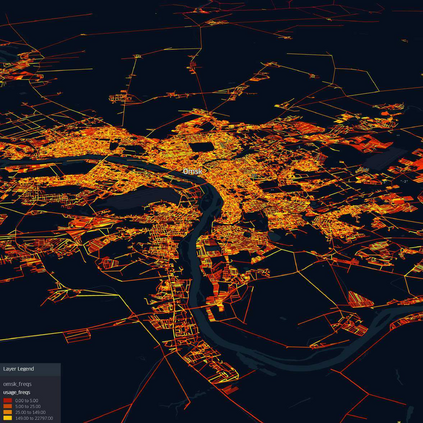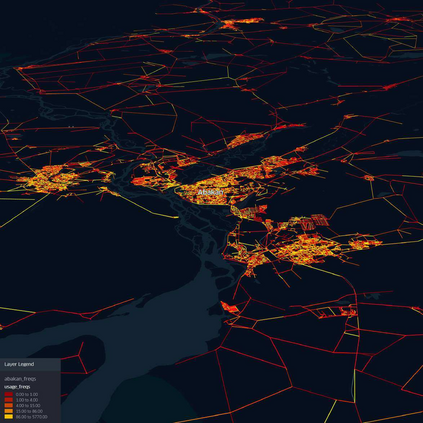Recently, deep learning has achieved promising results in the calculation of Estimated Time of Arrival (ETA), which is considered as predicting the travel time from the start point to a certain place along a given path. ETA plays an essential role in intelligent taxi services or automotive navigation systems. A common practice is to use embedding vectors to represent the elements of a road network, such as road segments and crossroads. Road elements have their own attributes like length, presence of crosswalks, lanes number, etc. However, many links in the road network are traversed by too few floating cars even in large ride-hailing platforms and affected by the wide range of temporal events. As the primary goal of the research, we explore the generalization ability of different spatial embedding strategies and propose a two-stage approach to deal with such problems.
翻译:最近,在计算抵达估计时间(ETA)方面,深层次的学习取得了可喜的成果,这被视为预测了从起点到某个特定路途的某一地点的旅行时间,埃塔在智能出租车服务或汽车导航系统方面发挥着重要作用,通常的做法是使用嵌入矢量来代表公路网络的要素,如路段和十字路口,道路要素有自己的特征,如路长、交叉路口的存在、车道号码等。然而,公路网络中许多连接点都因大型搭乘平台的漂浮汽车太少而发生,并受到广泛时间事件的影响。作为研究的主要目标,我们探索不同空间嵌入战略的普遍化能力,并提出处理此类问题的两阶段办法。








































